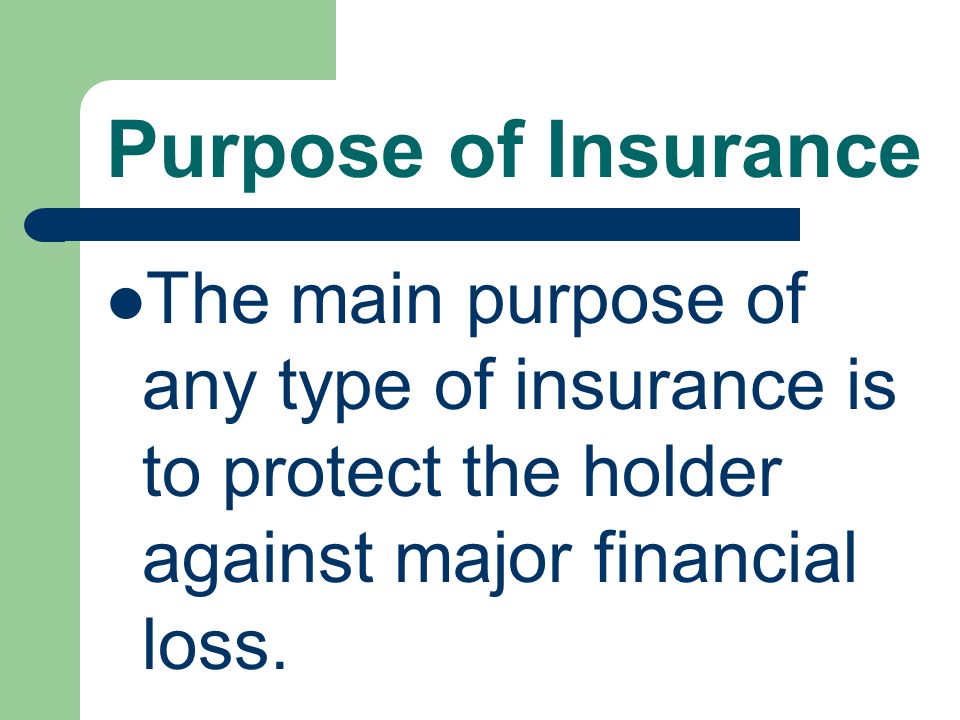Pacific Prime Fundamentals Explained

This drop of almost 2 million in the variety of individuals 'without insurance coverage (a reduction of around 4 percent) is absolutely a positive change. With a softer economic situation in 2000 the most up to date reported gains in insurance coverage might not continue (Fronstin, 2001) (international health insurance). The decrease in the number of without insurance will not proceed if the economic situation remains slow-moving and healthcare prices continue to outpace rising cost of living
This is since the information were accumulated for a duration of strong financial performance. Of the estimated 42 million individuals who were without insurance, just about concerning 420,000 (about 1 percent) were under 65 years old, the age at which most Americans become eligible for Medicare; 32 million were grownups in between ages 18 and 65, about 19 percent of all grownups in this age; and 10 million were children under 18 years of age, concerning 13.9 percent of all children (Mills, 2000).
These quotes of the variety of persons without insurance are generated from the annual March Supplement to the Existing Population Study (CPS), conducted by the Demographics Bureau. Unless otherwise kept in mind, nationwide estimates of individuals without wellness insurance policy and proportions of the populace with various sort of protection are based upon the CPS, one of the most extensively used source of quotes of insurance policy protection and uninsurance prices.
The 3-Minute Rule for Pacific Prime

Still, the CPS is particularly helpful since it creates annual estimates relatively swiftly, reporting the previous year's insurance policy protection approximates each September, and since it is the basis for a regular collection of quotes for even more than two decades, enabling evaluation of patterns in protection in time. For these reasons, along with the considerable use the CPS in various other research studies of insurance protection that exist in this report, we count on CPS estimates, with constraints kept in mind.

The estimate of the variety of uninsured individuals increases when a populace's insurance policy status is tracked for several years. Over a three-year duration beginning early in 1993, 72 million people, 29 percent of the U.S. https://qualtricsxmxkzkppyv7.qualtrics.com/jfe/form/SV_9u8Yr9IFs6bVle6. populace, were without insurance coverage for at the very least one month. Within a solitary year (1994 ), why not try these out 53 million people experienced at least a month without coverage (Bennefield, 1998a)
6 out of every ten without insurance adults are themselves utilized. Functioning does enhance the probability that one and one's household members will have insurance coverage, it is not an assurance. Also members of families with two full time breadwinner have almost a one-in-ten possibility of being uninsured (9.1 percent without insurance price) (Hoffman and Pohl, 2000).
Pacific Prime - Questions
New immigrants account for a considerable proportion of individuals without health and wellness insurance coverage. One evaluation has actually associated a significant part of the recent development in the dimension of the united state uninsured population to immigrants who arrived in the country between 1994 and 1998 (Camarota and Edwards, 2000). Recent immigrants (those that concerned the USA within the past 4 years) do have a high price of being uninsured (46 percent), yet they and their children make up just 6 percent of those without insurance coverage across the country (Holahan et al., 2001).
The connection between medical insurance and accessibility to care is well developed, as recorded later in this chapter. The partnership between health insurance policy and health and wellness results is neither straight nor basic, a considerable professional and health services research study literature web links wellness insurance policy coverage to improved access to care, better top quality, and boosted individual and population health status.
Levels of evaluation for checking out the results of uninsurance. It focuses especially on those without any type of health insurance policy for any type of length of time.
The Main Principles Of Pacific Prime
The problems dealt with by the underinsured remain in some areas comparable to those encountered by the uninsured, although they are usually less severe. group insurance plans. Uninsurance and underinsurance, nevertheless, entail distinctly various plan issues, and the techniques for resolving them might vary. Throughout this study and the 5 reports to comply with, the primary emphasis is on individuals without health insurance and thus no aid in spending for healthcare past what is readily available via charity and safeguard establishments
Wellness insurance policy is an effective aspect influencing invoice of treatment since both clients and doctors reply to the out-of-pocket rate of solutions - https://iridescent-horse-hspdzg.mystrikingly.com/blog/welcome-to-pacific-prime. Medical insurance, nevertheless, is neither essential neither enough to obtain accessibility to clinical solutions. However, the independent and straight result of wellness insurance policy protection on accessibility to health services is well established.
Others will acquire the healthcare they need also without wellness insurance policy, by spending for it out of pocket or seeking it from service providers that supply treatment cost-free or at extremely subsidized rates. For still others, medical insurance alone does not make sure receipt of care due to the fact that of other nonfinancial obstacles, such as an absence of healthcare suppliers in their neighborhood, minimal accessibility to transportation, illiteracy, or etymological and cultural distinctions.
Pacific Prime Things To Know Before You Get This
Formal research concerning without insurance populations in the United States dates to the late 1920s and very early 1930s when the Committee on the Cost of Healthcare generated a series of reports concerning funding physician office visits and hospital stays. This concern became salient as the numbers of clinically indigent climbed up throughout the Great Depression.